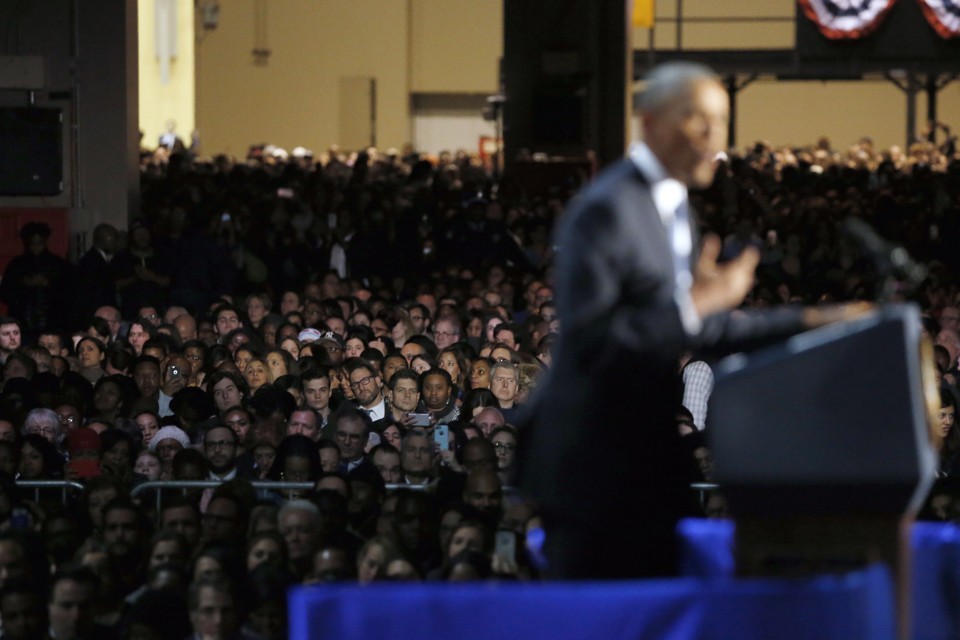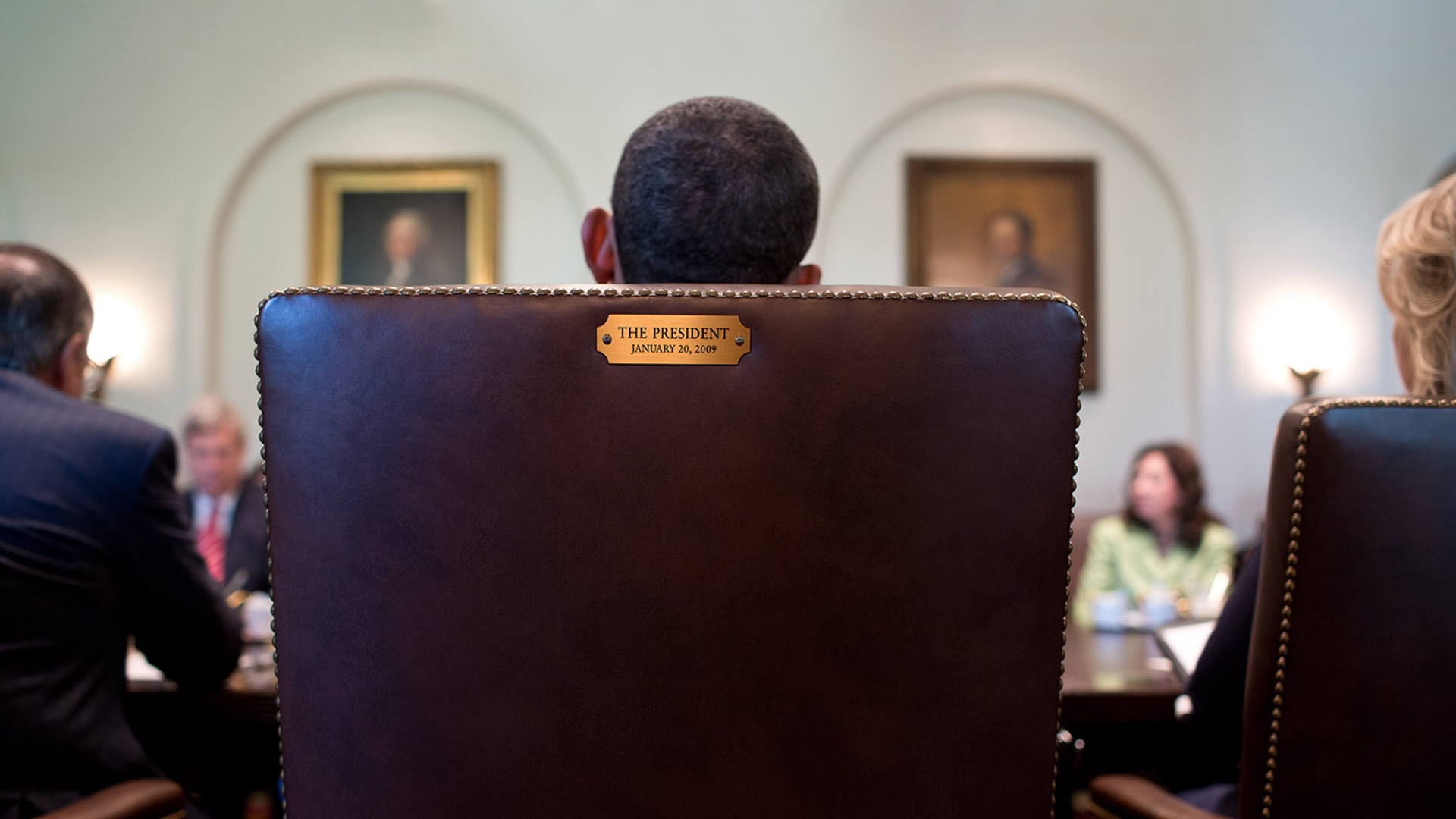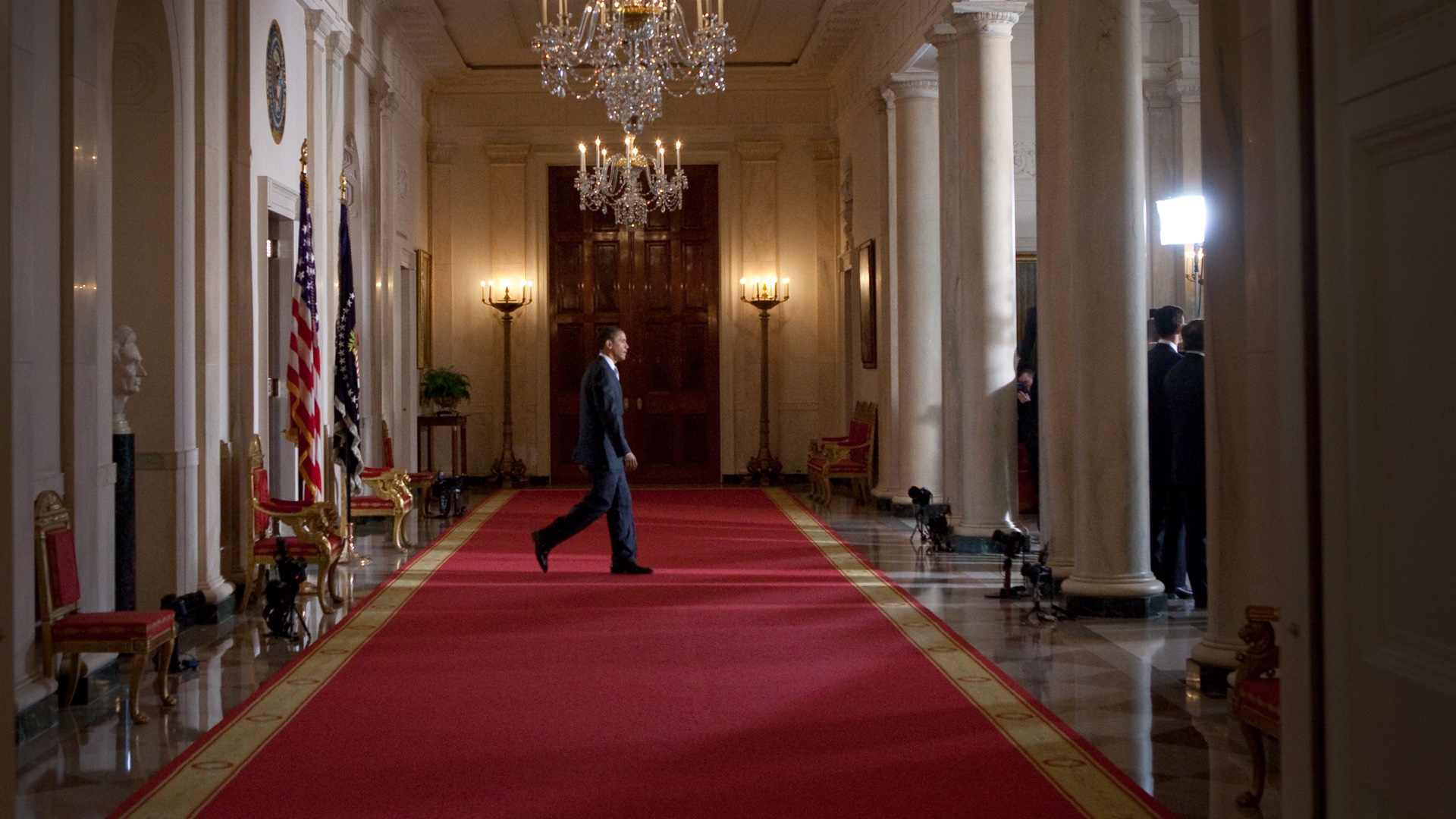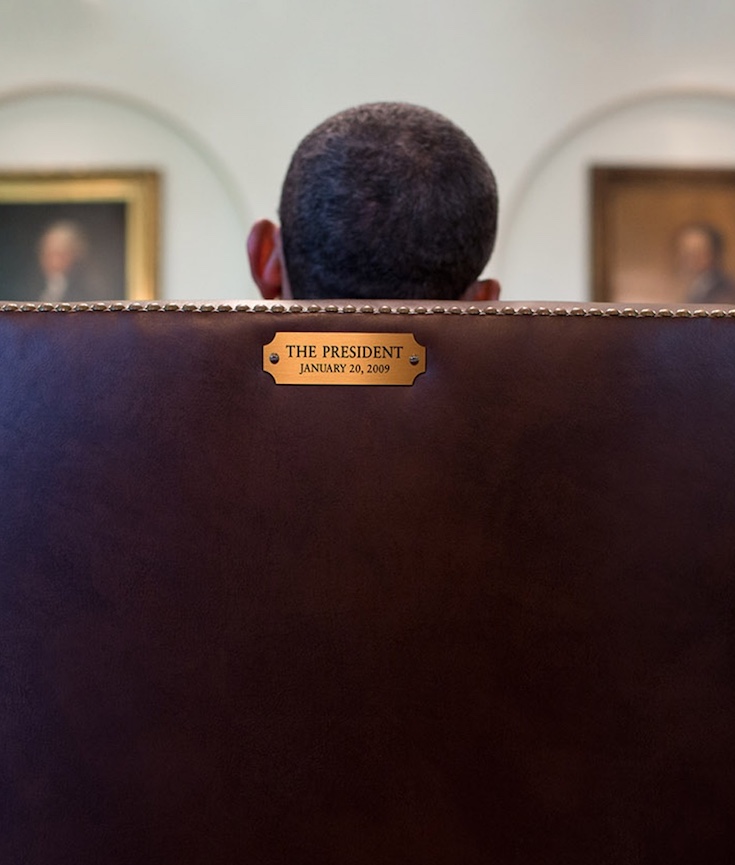In his bittersweet farewell address this week, President Obama made a passionate case for both his policy agenda and his civic vision of a nation strengthened by diversity. But his words won’t settle the Democrats’ difficult debate about his political legacy.
Through two terms, Obama deepened the Democrats’ connection with a constellation of growing groups, namely minorities, the millennial generation, and college-educated whites, especially women. That coalition allowed him to join the ranks of Andrew Jackson and Franklin Roosevelt, the only Democrats to win a presidential popular-vote majority at least twice.
[mc4wp_form id=”6042″]
But Obama also narrowed the Democrats’ appeal, both demographically and geographically, in ways that helped Republicans seize unified control of the White House and Congress and establish their biggest advantage in state governments since the 1920s.

 Photo | Official White House Photo by Pete Souza
Photo | Official White House Photo by Pete Souza
 Photo | Official White House Photo by Pete Souza
Photo | Official White House Photo by Pete Souza
The Democratic Party is one of the two major contemporary political parties in the United States, along with the Republican Party. Tracing its heritage back to Thomas Jefferson and James Madison’s Democratic-Republican Party, the modern-day Democratic Party was founded around 1828 by Andrew Jackson, making it the world’s oldest active party.
The Democrats’ dominant worldview was once classical liberalism, while, especially in the rural South, populism was its leading characteristic. In the 1890s, under the influence of its three-time defeated presidential candidate William Jennings Bryan and the Populist Party, the party moved to the left from an economic point of view and, since Franklin D. Roosevelt and his New Deal coalition in the 1930s, it has promoted a social-liberal platform, supporting social justice.
Today, the House Democratic caucus is composed mostly of progressives and centrists, with a smaller minority of conservative Democrats. The party’s philosophy of modern liberalism advocates social and economic equality, along with the welfare state. It seeks to provide government intervention and regulation in the economy. These interventions, such as the introduction of social programs, support for labor unions, affordable college tuitions, moves toward universal health care and equal opportunity, consumer protection, and environmental protection form the core of the party’s economic policy. The party has united with smaller left-wing regional parties throughout the country such as Farmer–Labor Party in Minnesota and the Nonpartisan League in North Dakota.
Well into the 20th century, the party had conservative pro-business and southern conservative-populist anti-business wings. The New Deal Coalition of 1932–1964 attracted strong support from voters of recent European extraction—many of whom were Catholics based in the cities. After Franklin D. Roosevelt’s New Deal of the 1930s the business wing withered outside the South. After the racial turmoil of the 1960s most southern whites and many northern Catholics moved into the Republican Party at the presidential level. The once-powerful labor union element became smaller and less supportive after the 1970s. White Evangelicals and Southerners became heavily Republican at the state and local level in the 1990s. However, African Americans became a major Democratic element after 1964. After 2000, Hispanic and Latino Americans, Asian Americans, the LGBT community, single women and professional women moved towards the party as well. The Northeast and the West Coast became Democratic strongholds by 1990 after the Republicans stopped appealing to socially liberal voters there. Overall the Democratic Party has retained a membership lead over its major rival the Republican Party (GOP).
Fourteen Democrats have served as president, under fifteen administrations: the first was Andrew Jackson, who served from 1829 to 1837; Grover Cleveland served two nonconsecutive terms from 1885 to 1889 and 1893 to 1897, and is thus counted as the 22nd and 24th President. The most recent was President Barack Obama, who held the office from 2009 to 2017.
In the 115th Congress, following the 2016 elections, Democrats are the opposition party, holding a minority of seats in both the House of Representatives and the Senate. The party also holds 16 of the United States’s 50 governorships and control of a minority of state legislatures, as well as the mayoralty of Washington, D.C. (Wikipedia).


You must be logged in to post a comment.